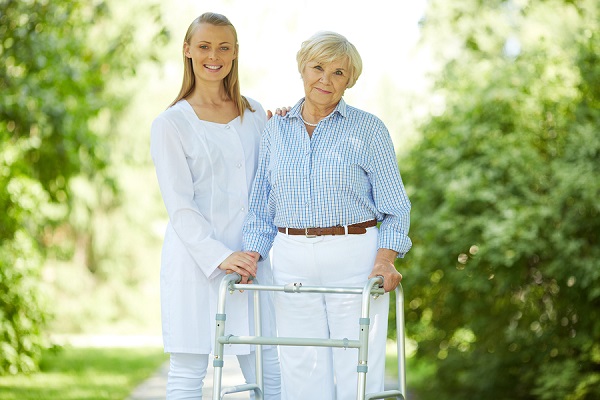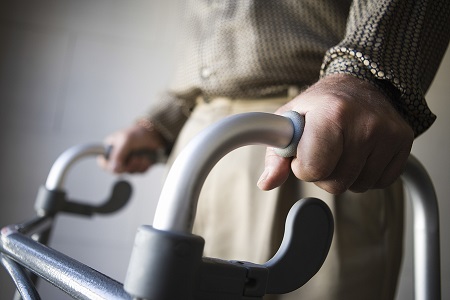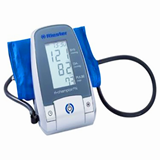Patient falls can result in weaker or worsening balance, and can impact on healthcare costs, morbidity, and even on carer-related stress.
Home modifications
Environmental risks at home may include obstacles, uneven paths, frequently used items kept too low or too high, tripping hazards such as cords and rugs or slippery floor surfaces.
Minor modifications can help reduce their risk. Consider adjusting chair or bed heights, installing handrails and clearing clutter. Encourage patients to walk slowly while being aware of their surroundings.
Check medications or chronic conditions that may cause dizziness
Polypharmacy can be common among aging patients. It may be essential to check pharmaceutical product information for potential adverse drug interactions.
Some chronic health conditions can cause dizziness. A medical assessment can determine those patients who may be at increased risk of falling.
Read how a Home Medicines Review can help patients who take multiple medications
Adequate lighting in patient rooms
Make sure areas that patients walk are well-lit and take care during sunset when natural light is reduced. Be mindful to pull back curtains during the day, use brighter bulbs and suggest turning on a bedside lamp if rushing to the toilet at night.
Patients may install motion sensor lights for bedrooms or corridors. Consider a personal alarm worn as a wristband or necklace that can be pressed by patients for assistance if a fall occurs.
Keep patients physically active every day

Balance problems, unsteadiness and muscle weakness are among the strongest risk factors for falling. Using a well-maintained walking aid can increase steadiness and confidence. Keeping physically active can increase muscle strength and make joints more flexible.
Studies have found t'ai chi classes can reduce the number of falls in older people. Carers may need to ensure patients don't undertake activities that are associated with a high risk of falling.
Help for patients with sensory loss: eyesight, hearing and touch
Ageing can affect eyesight, taking longer for patients to adjust to dark interiors or making patients sensitive to glare. Hearing loss or numbness in legs and hands can increase risk of falling.
Organise regular GP health checks for patients with sensory loss and routine appointments with an optometrist to check eyesight. Encourage patients to keep their glasses clean and within reach when they wake up.
Access information about the Department of Veteran Affairs Optical Supplies Program
Patient clothing
Ensure items of clothing are not too long and loose. Consider safe footwear that is well fitted, with low broad heels and slip resistant soles and fasteners. Patients may consider using treaded slippers or socks. If patients are unsteady, sit down when dressing rather than balancing on one leg.
Organise a sitter
Carers may organise sitters who sit by patients who are at risk of falling. Patients can seek assistance from sitters when they try to stand up from their bed or chair unsupervised. Sitters may be a family member or friend of the patient, a volunteer or a newly qualified healthcare worker.
















